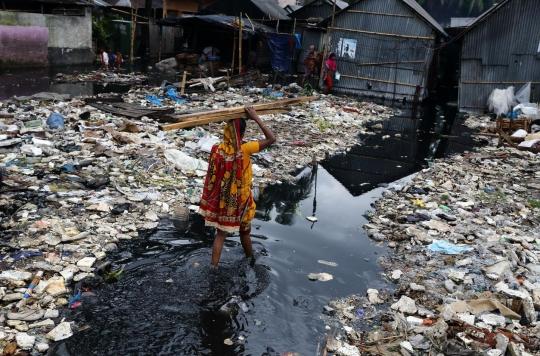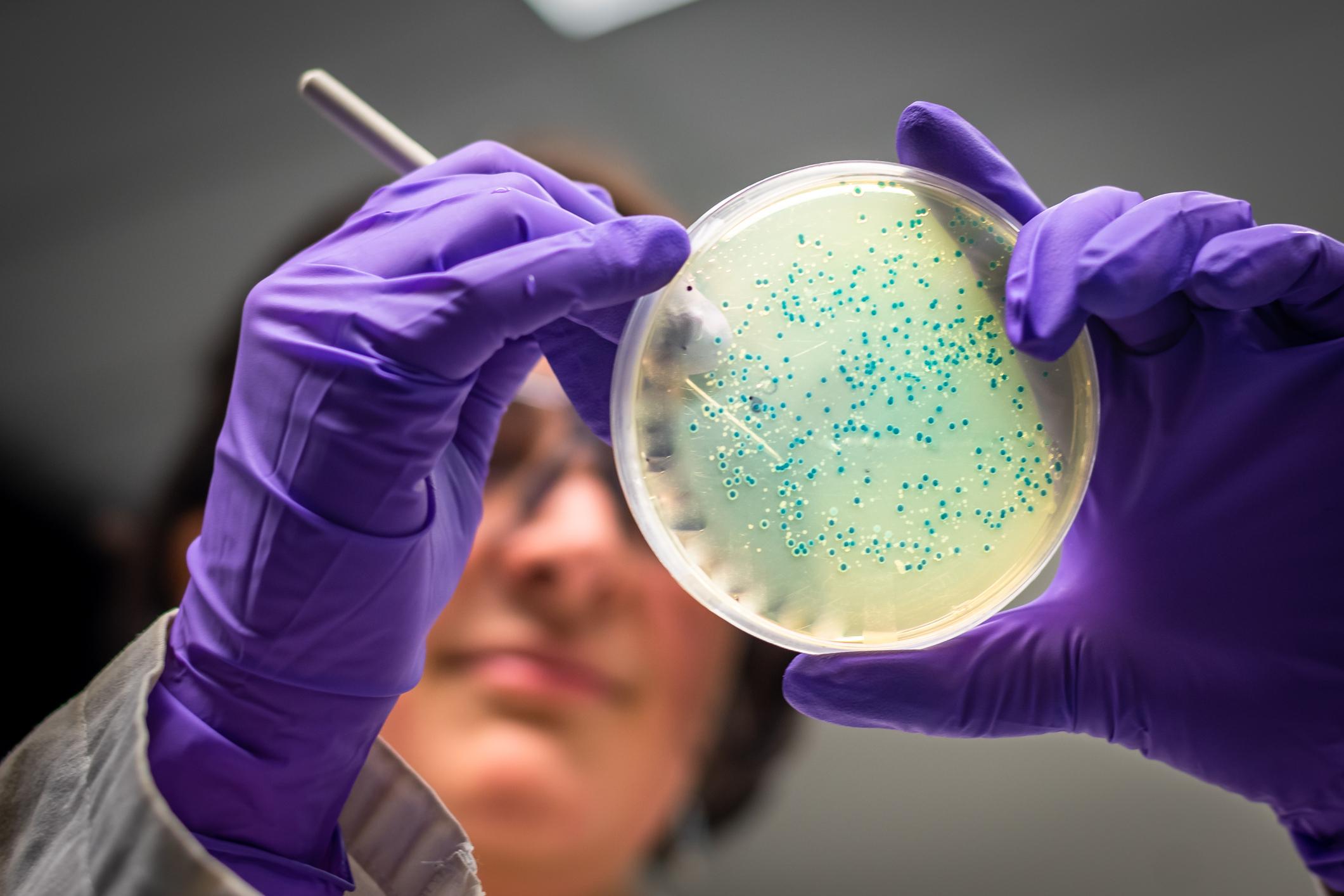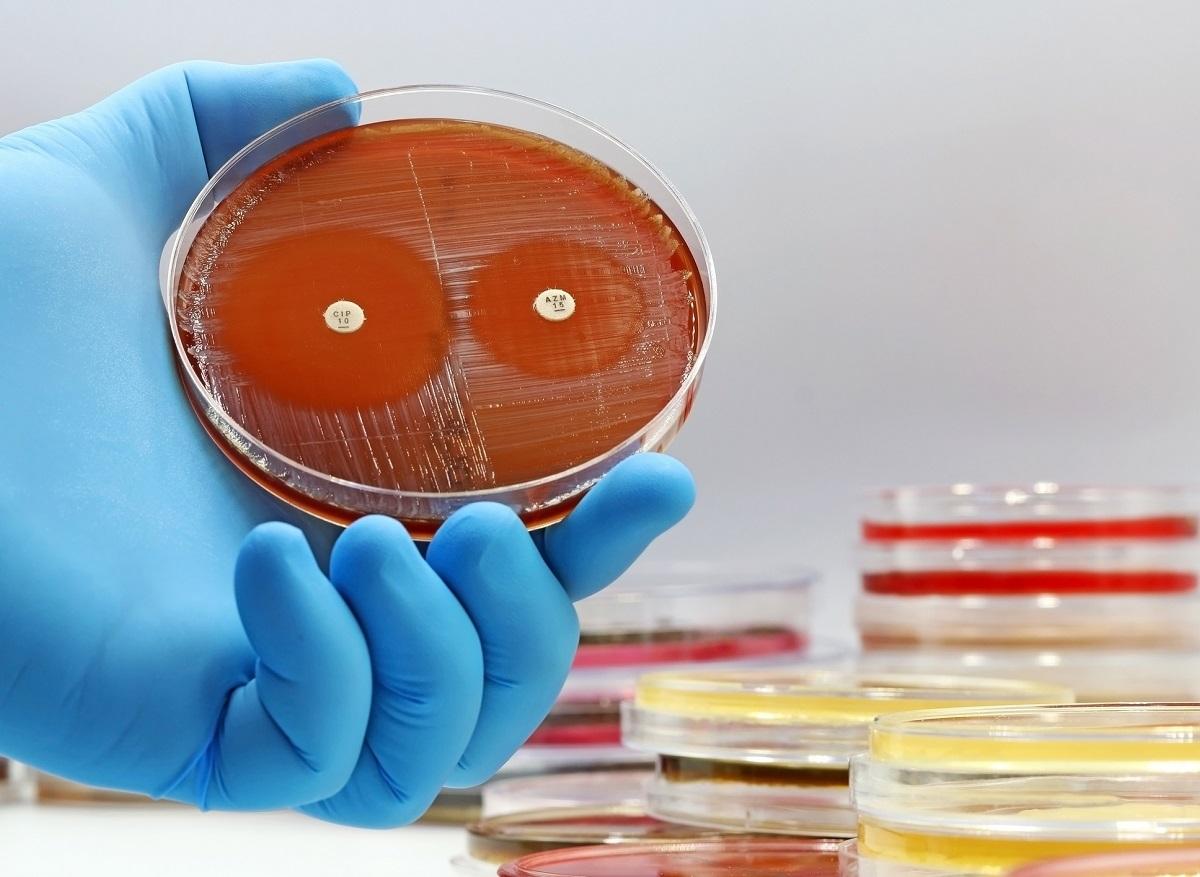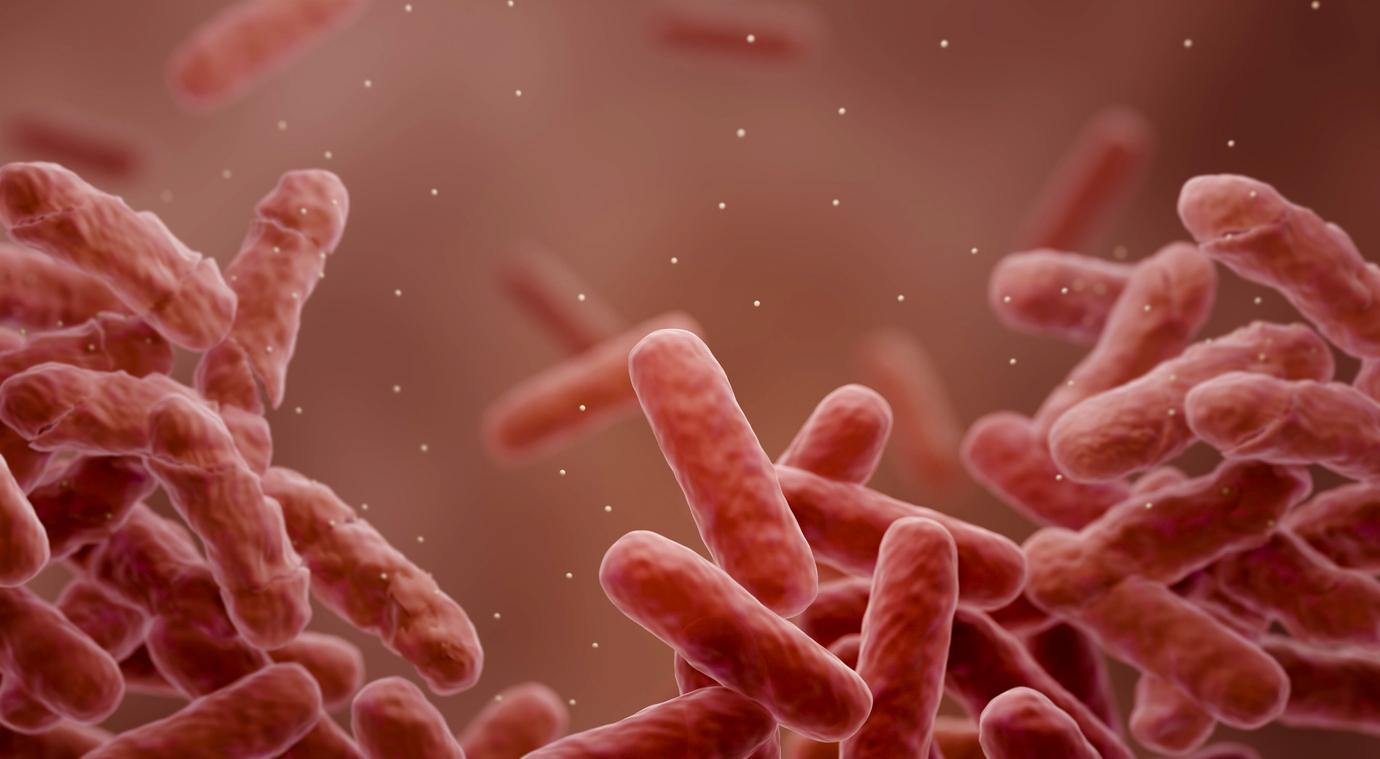In low- and middle-income countries, the dumping of human waste in nature contaminates surrounding urban waters and contributes to the spread of superbugs.

- In Bangladesh, antibiotic resistance is favored by the discharge of human waste into urban waters.
- Residents using these waters for bathing, cooking or washing clothes are more likely to have these bacteria reach their gut.
Researchers have studied the waters of several regions of Bangladesh – Mymensingh, Shariatpur and Dhaka – to see if the discharge of human waste promotes the development of superbugs there. Their work has been published in the journal mSystems. In their analyses, they found more antibiotic-resistant faecal coliforms — that is, bacteria that live in the intestines — in urban surface waters than in rural areas. Using the example of Bangladesh, they conclude that the contamination of urban lakes, rivers and water in general by human waste creates reservoirs of antibiotic-resistant bacteria in low-income countries (LICs) or middle-income countries. (PRI). Nevertheless, they believe that improving access to drinking water and sanitation infrastructure could help protect the health of residents.
No antibiotics in agriculture to preserve rural areas
“Dhaka’s rivers and lakes are surrounded by densely populated slums where human waste is dumped directly into the water, explains Willem van Schaik, lead author of the study. The presence of human gut bacteria coupled with high levels of antibiotic resistance genes suggests that such contamination is to blame for the presence of these “superbugs”. (antibiotic resistant bacteria) in the waters.“Indeed, Dhaka has a population of around 16 million, with an urban density that ranks among the highest of all megacities. Currently, less than 20% of households have access to sanitation infrastructure. “IInterventions to improve access to safe drinking water and sanitation infrastructure can therefore be crucial in reducing the risk of the spread of antibiotic resistance in Bangladesh and other LICs and MICs, assures Willem van Schaik. Although levels of antibiotic resistance genes are significantly lower in rural than urban settings, we found that antibiotics are commonly used in fish farming and that other policies need to be developed to reduce their use.“According to him, the use of antibiotics in agriculture must therefore be avoided as much as possible in order to preserve rural areas.
More and more bacteria resistant to antibiotics
Antibiotic resistance is a phenomenon in which a bacterium becomes resistant to antibiotics. The main reason for this phenomenon is the misuse of antibiotics. Thus, the bacteria that are often exposed to it evolve and develop defense mechanisms. Antibiotics are then no longer effective against these bacteria. This concerns both pathogenic bacteria and harmless bacteria present in the environment. Resistance from one bacterial species can spread to others. Today, more and more bacteria are resistant to antibiotics, which causes new infections that can sometimes lead to increased mortality.
According to the study, urban waters in Bangladesh are particularly rich in antibiotic-resistant bacteria. The majority are associated with plasmids, DNA molecules that participate in the dissemination of genes present in a bacterium. This means that these antibiotic-resistant bacteria will be able to multiply and spread more easily in the population. In addition, their mode of transmission to humans is often in rivers, lakes and coastal areas where people bathe, wash their clothes or prepare their food. The risk of antibiotic-resistant bacteria reaching the intestines of these populations is therefore very high and dangerous both nationally and internationally. According to Ministry of Solidarity and Health in France, microbial resistance is thought to be responsible for 700,000 deaths per year across the entire planet. If nothing changes, infectious diseases of bacterial origin could once again become one of the leading causes of death in the world by 2050, causing up to 10 million deaths.
.

















